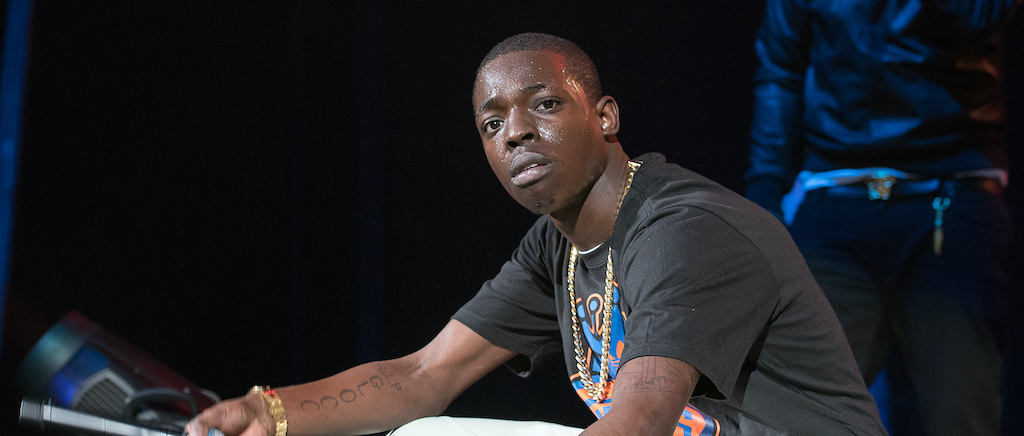
Evan Williams bourbon is one of those whiskeys that feels like it’s everywhere. The line of budget bourbons from Heaven Hill is a rail standard, thanks to its accessible price point, availability, and taste. But there’s more than just one Evan Williams out there.
There are actually five core bottles in the Evan Williams line (plus a lot of flavored bourbons and 12 and 23-year-old bourbon limited edition expressions). The line starts with the very affordable Green Label which is a standard 80 proof bourbon. That expression will set you back $10 or less (depending on what liquor store you’re in). From there, Evan Williams touches on bottled-in-bond, small-batch, and single barrel expressions — but the prices never reach above $30.
That’s pretty incredible in a bourbon world where prices continue to soar.
The five bottles below are ranked very simply: By taste. There was no reason to factor in price when ranking these. Let’s get to it!
5. Evan Williams Green Label
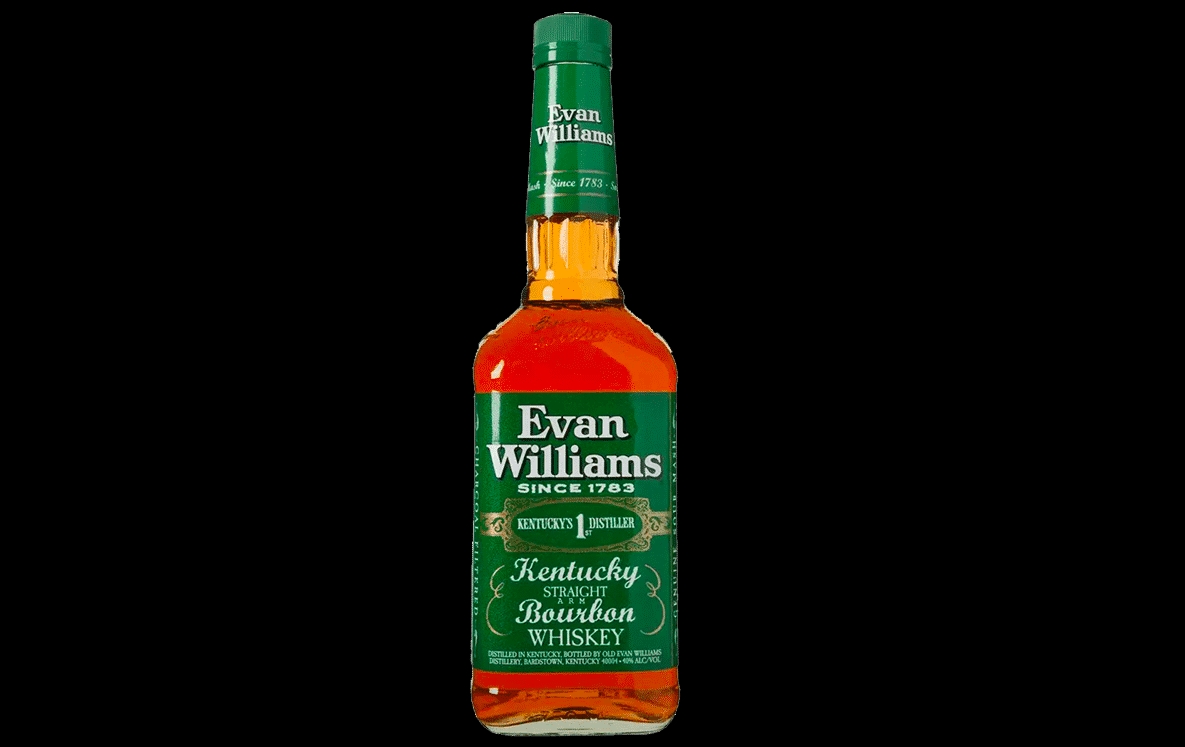
ABV: 40%
Average Price: $10
The Whiskey:
This is Heaven Hill’s signature bourbon mash bill with a touch of rye: 78 percent corn, 12 percent malted barley, and ten percent rye. That mash is the same for their much-beloved Elijah Craig and Henry McKenna labels. This juice is aged for four years before it’s proofed all the way down to 40 proof with soft limestone water.
Tasting Notes:
This is very run-of-the-mill bourbon with clear notes of caramel, vanilla, and oak on the nose with a hint of citrus. That citrus starts to feel like orange candy wrappers and maybe a touch of Hawaiian Punch sweetness/fruitiness. The caramel and oak slightly pop back in on the super short finish.
Bottom Line:
This is 100 percent a mixing whiskey for hefty cocktails. And for this price, that makes it the perfect bourbon to practice with as you experiment with whiskey cocktails.
4. Evan Williams Black Label
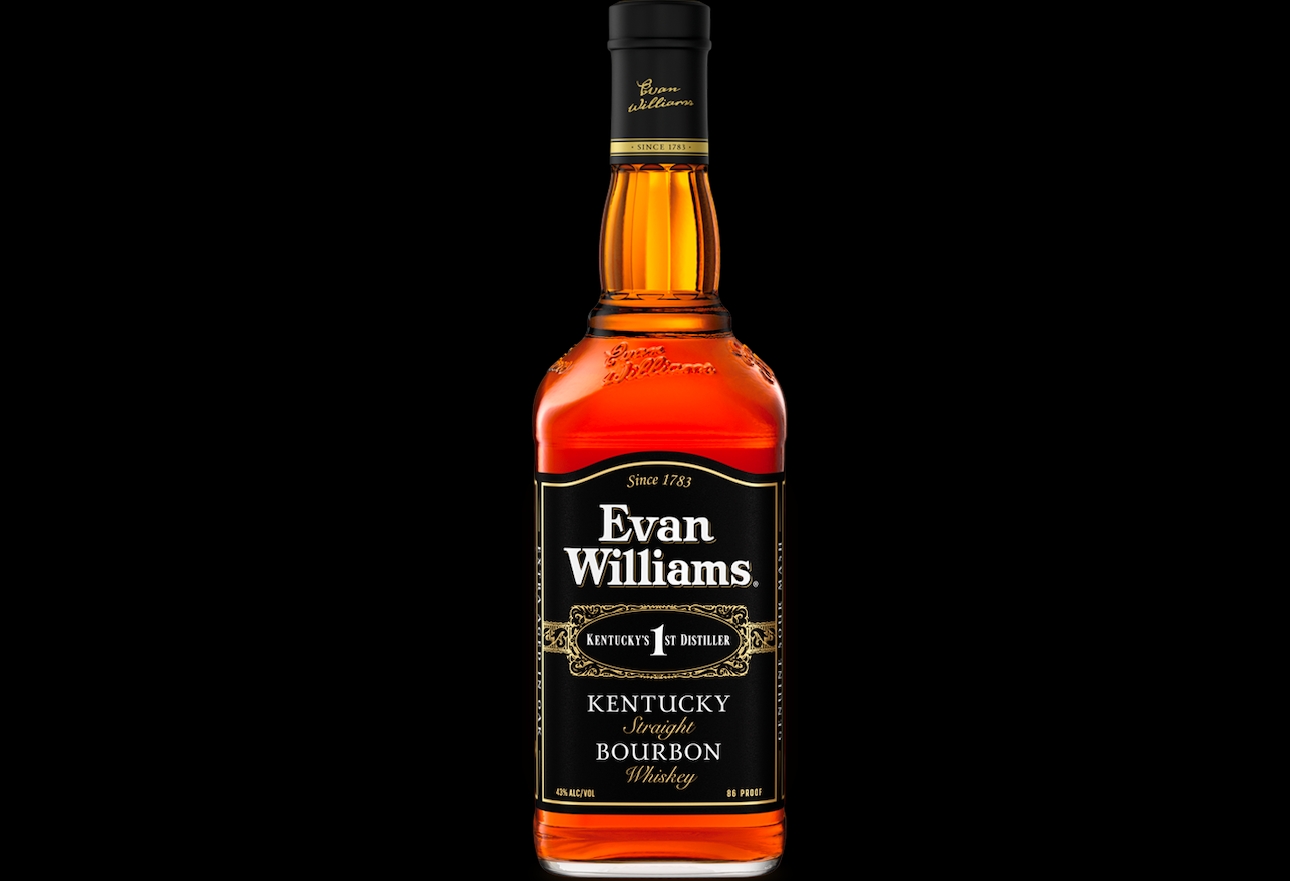
ABV: 43%
Average Price: $15
The Whiskey:
This is more of an entry-point for Evan Williams. The juice is a mix of four to seven-year-old barrels of the standard Heaven Hill bourbon. The difference in this bottle is that it’s proofed at a slightly higher 43 proof, giving it a slight edge against the Green Label.
Tasting Notes:
There’s still a bit of that fruit candy feel to this sip next to vanilla, dry corn, and a hint of caramel apples next to oak. The body of the sip is very light, with a slight spice burn. The end is very short, sweet, and full of vanilla and oak.
Bottom Line:
This is another solid mixer. It’s also a fine beer back as a shooter. But really, this is a hallmark entry point bourbon overall. The classic notes are there but very simple and accessible.
3. Evan Williams 1783 Small Batch
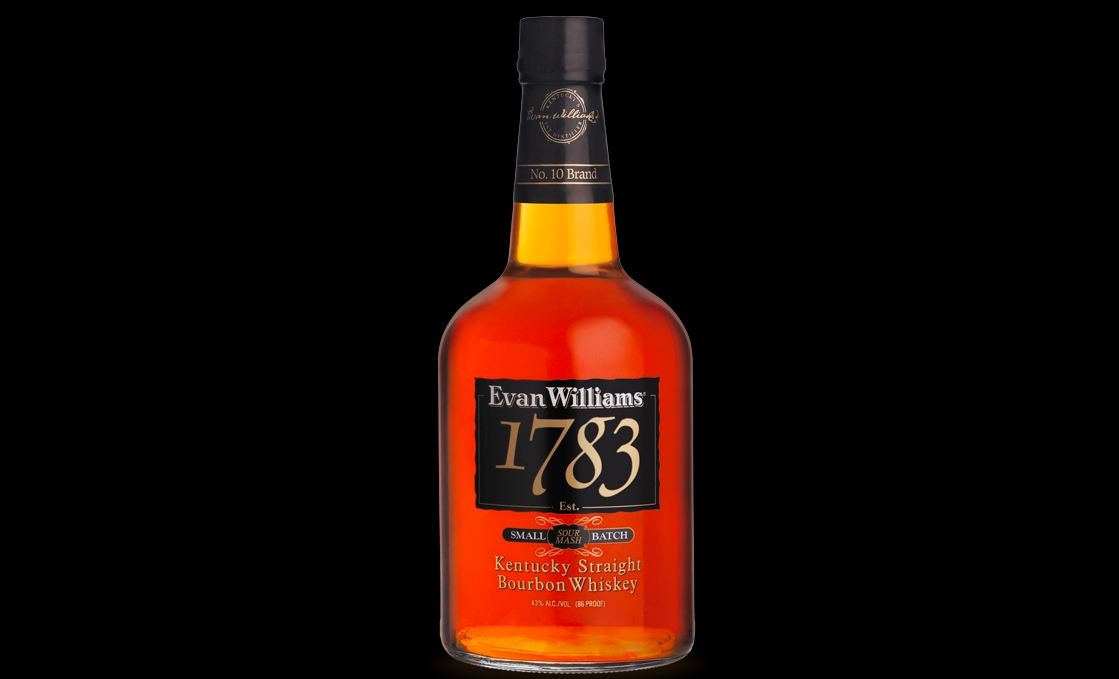
ABV: 43%
Average Price: $18
The Whiskey:
So this is a “small batch” in theory and name more than practice. The expression is a marrying of 200 barrels of bourbon from Heaven Hill’s warehouses. That juice is then proofed down to 45 proof and bottled as is.
Tasting Notes:
The whiskey pulls you in with a touch of cornbread dripping with butter next to bourbon vanilla and hints of oak. The taste adds a drop of honey to that buttery cornbread as fruitiness takes on a tart caramel apple edge. The end is short, sweet, full of corn, and a little oaky.
Bottom Line:
Okay, if you’re looking for a really solid cheap bottle of bourbon to introduce someone to bourbon for the first time, you really can’t go wrong with this bottle. It’s also a workhorse and is perfectly serviceable in a highball, in a cocktail, or on the rocks in a pinch.
1. (tie) Evan Williams Bottled-in-Bond
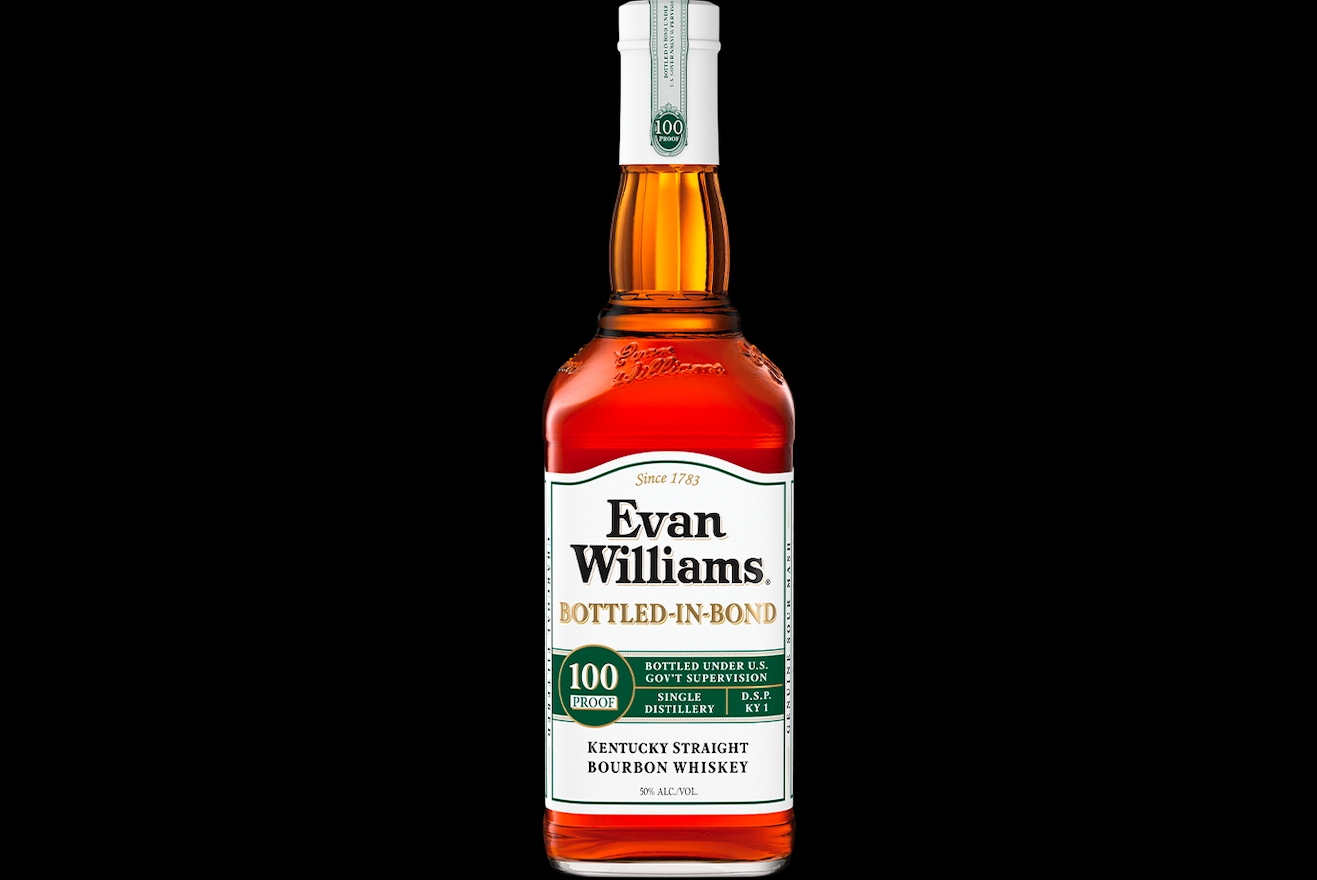
ABV: 50%
Average Price: $18
The Whiskey:
The juice is standard Evan Williams that’s barreled in a federally overseen warehouse. Then, after those barrels are blended, the juice is just brought down to 100 proof, allowing a bit more of that Heaven Hill craft to shine in the bottle.
Tasting Notes:
This opens with a dry cornmeal base next to salted caramel, rich vanilla, and a touch of that oak. The palate adds in whiffs of black pepper next to musty cellar wood and a hint of spicy chewy tobacco. The end is short-ish while highlighting the sweet cornmeal, spicy tobacco, and rich vanilla.
Bottom Line:
This is one of those bottles that doesn’t last long on the shelf after you buy it. It’s really solid as a workhorse in cocktails, highballs, etc., but it’s a solid on the rocks candidate too. It really is smooth or easy-drinking or crushable — hence, it’s tied for first place.
1. (tie) Evan Williams Single Barrel
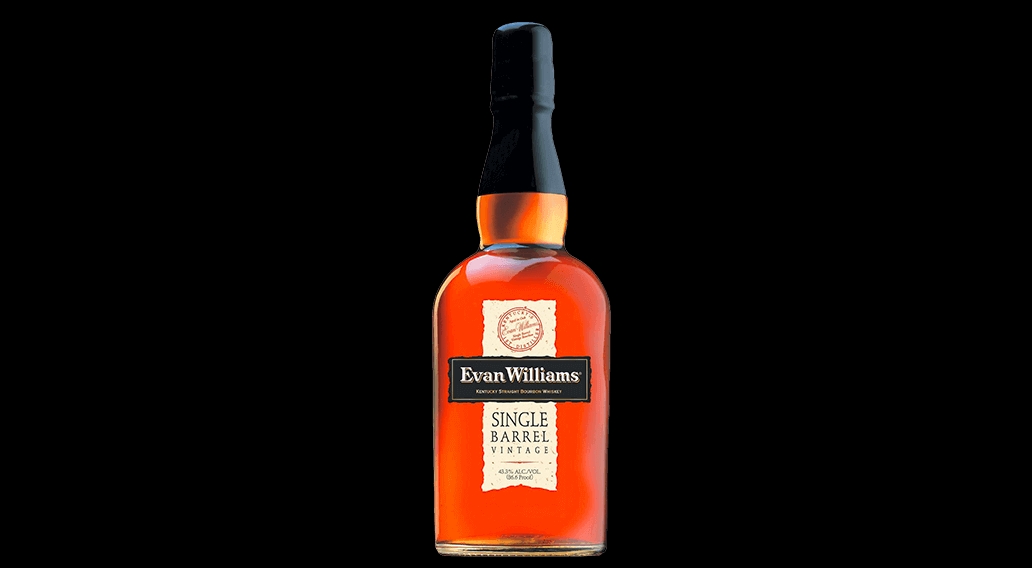
ABV: 43.3%
Average Price: $30
The Whiskey:
This is Heaven Hill’s hand-selected single barrel Evan Williams expression. The juice is from a single barrel, labeled with its distillation year, proofed just above 43 proof, and bottled as is.
Tasting Notes:
The nose has notes of soft woods next to a dark caramel apple vibe with a touch of a vanilla pod. The taste builds on that by adding in hints of orange tobacco next to a dusting of Christmas spice. The end is medium-length and sweetens with a whisper of honey next to the tobacco, oak, and vanilla.
Bottom Line:
This is almost criminally under-priced for a single barrel. It makes great cocktails and highballs. You can drink it on the rocks easily. Still, that 50 percent ABV on the White Label above brings the same feel. So, we have to rank these two tied. They’re both really solid whiskeys that are amazingly well-priced and pretty easy to find.


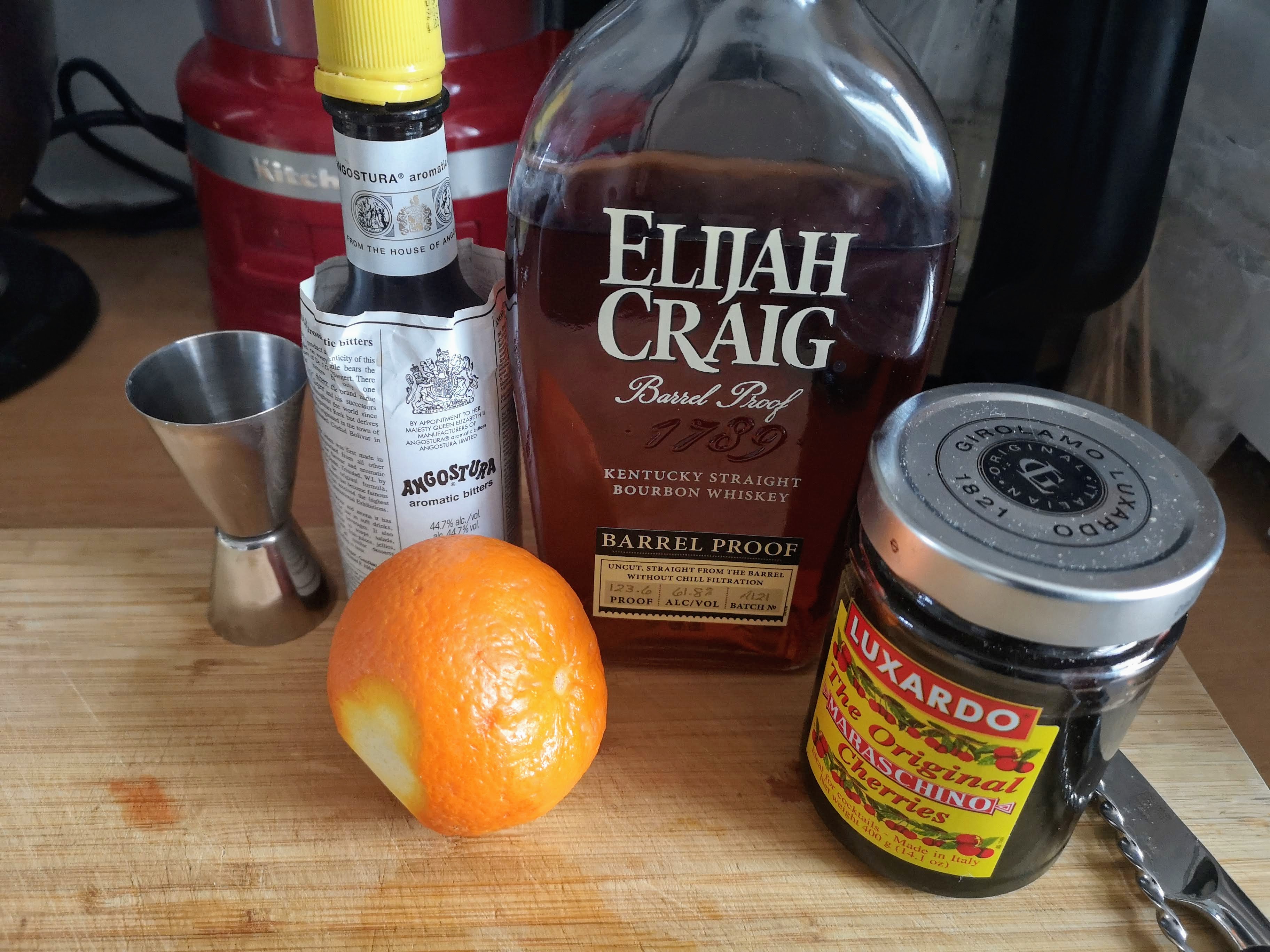
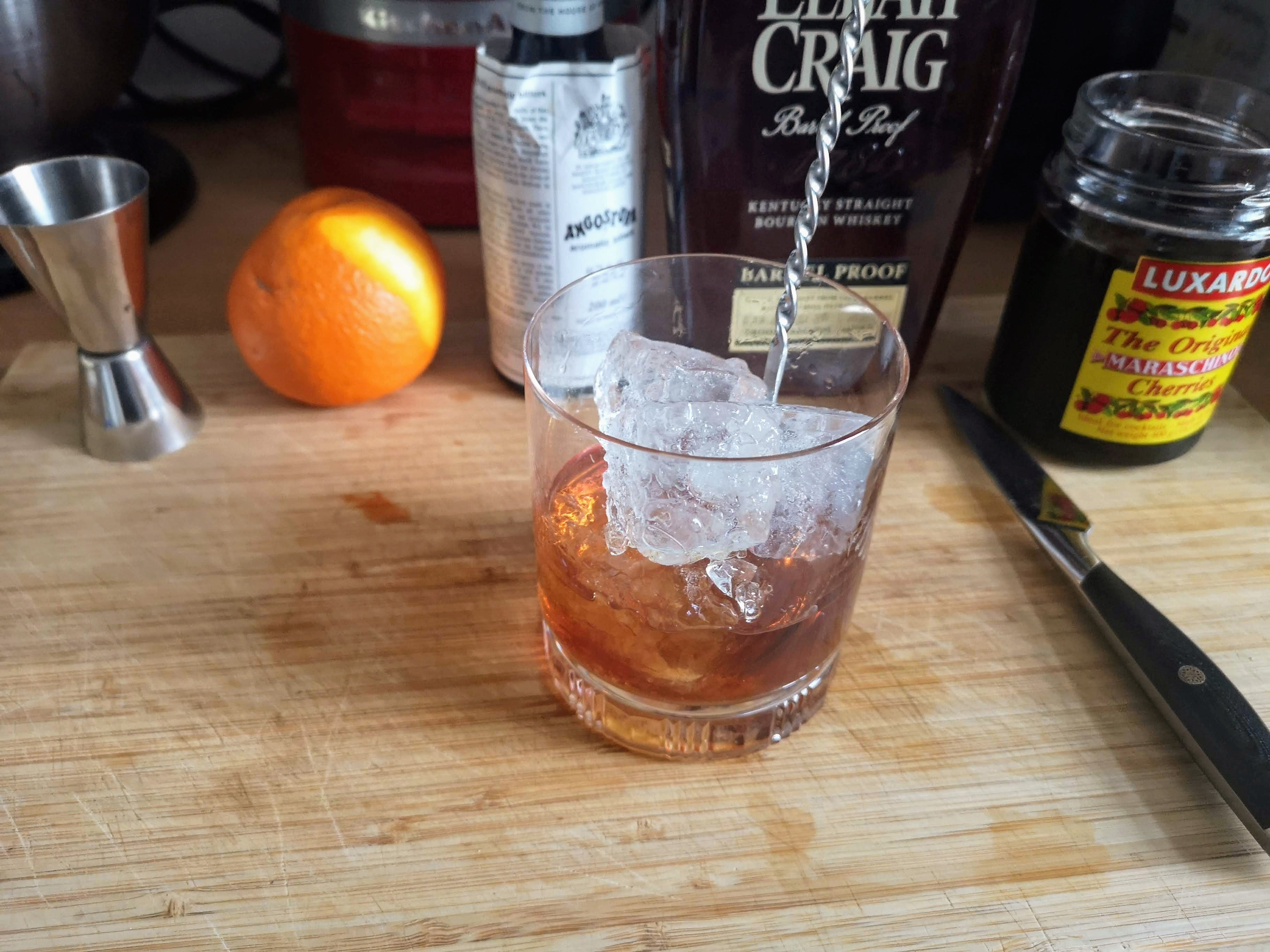
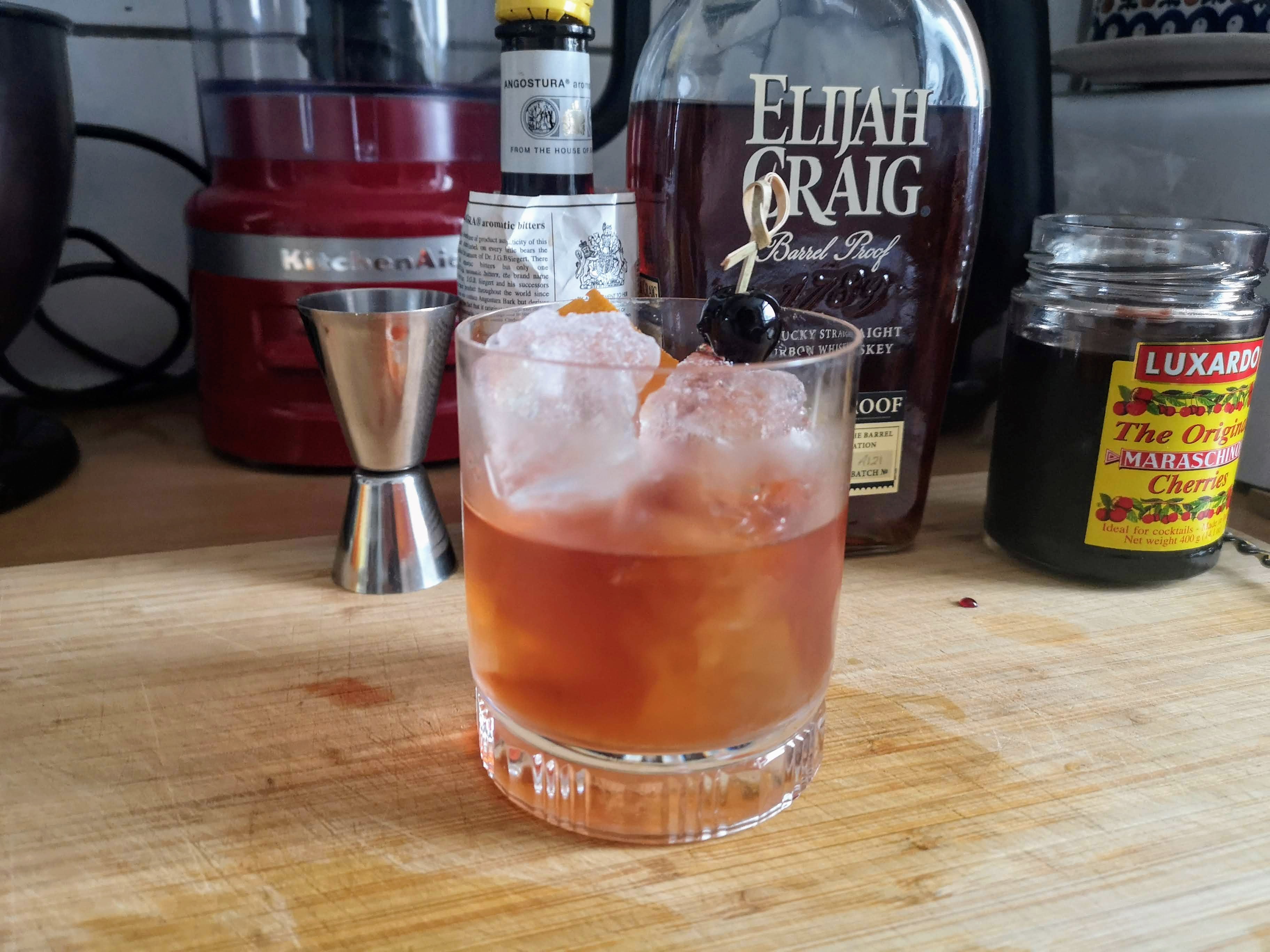
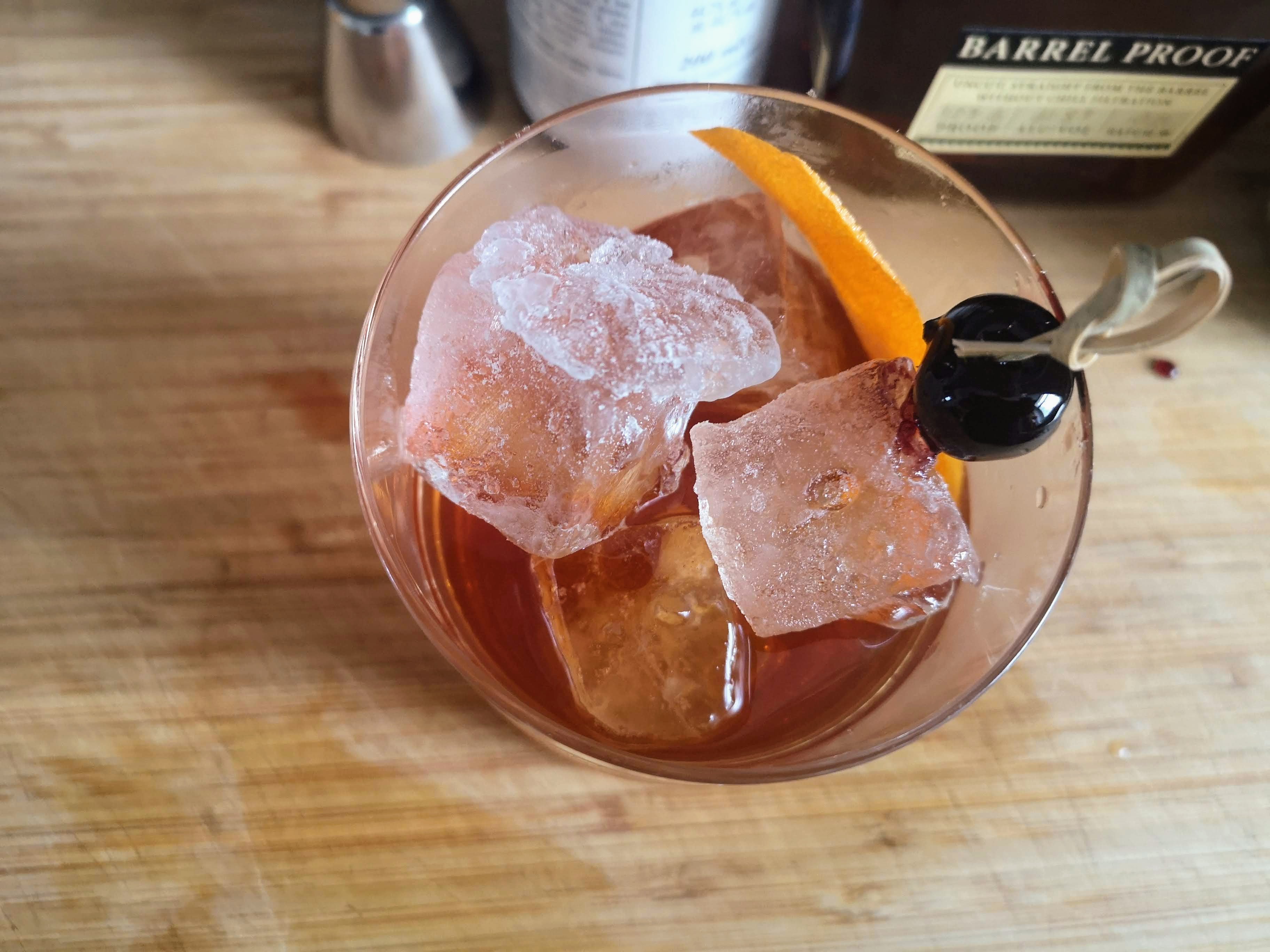
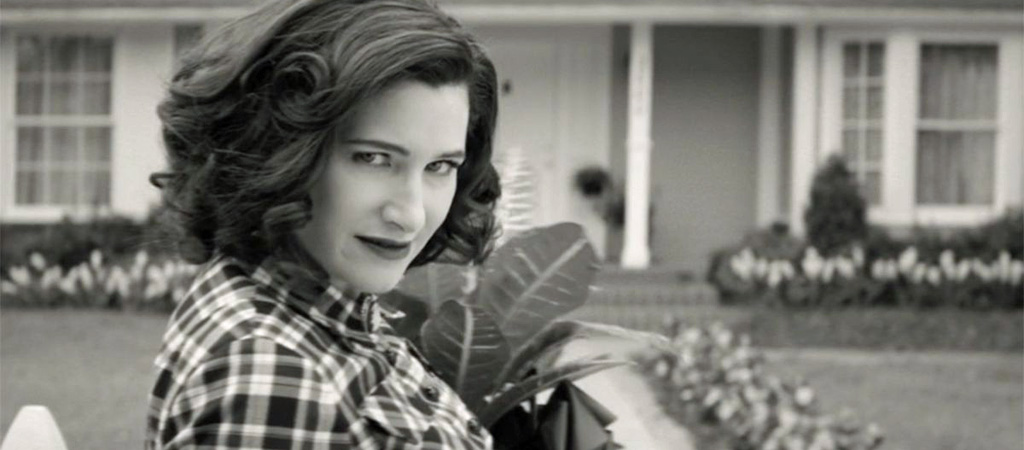
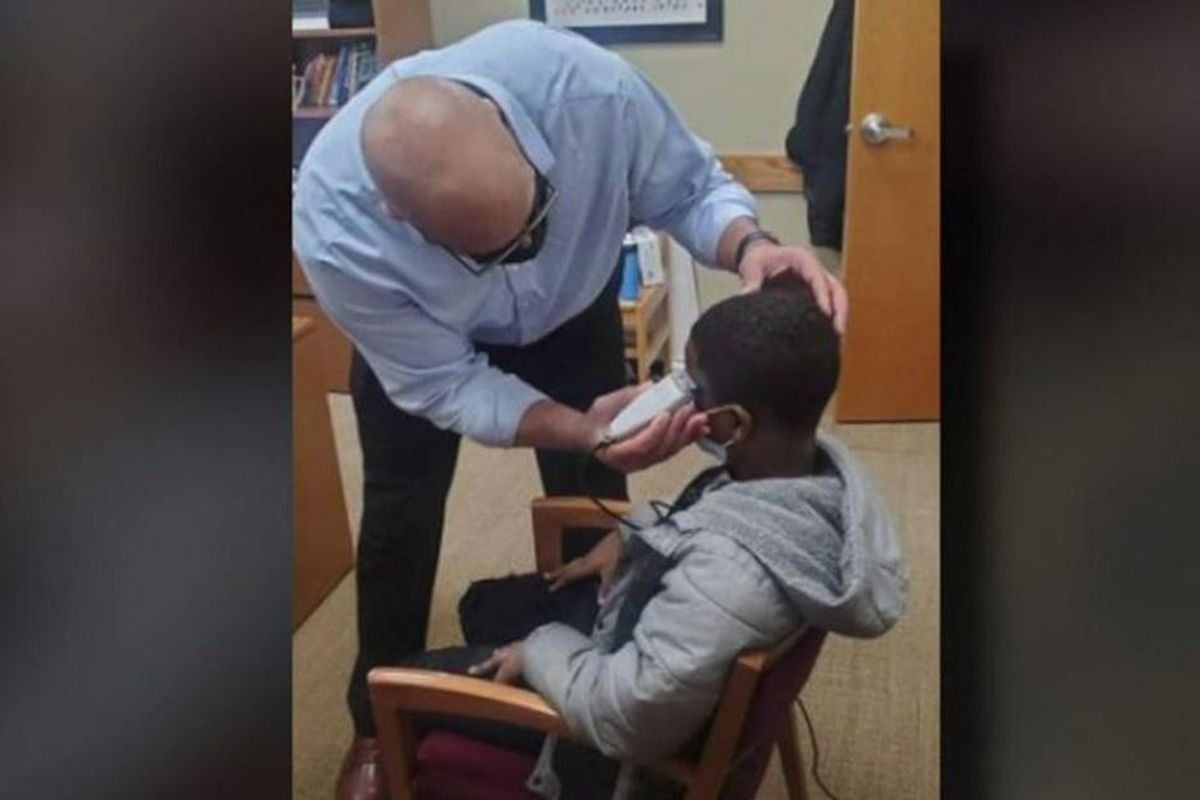
 via Jason Smith / Facebook
via Jason Smith / Facebook 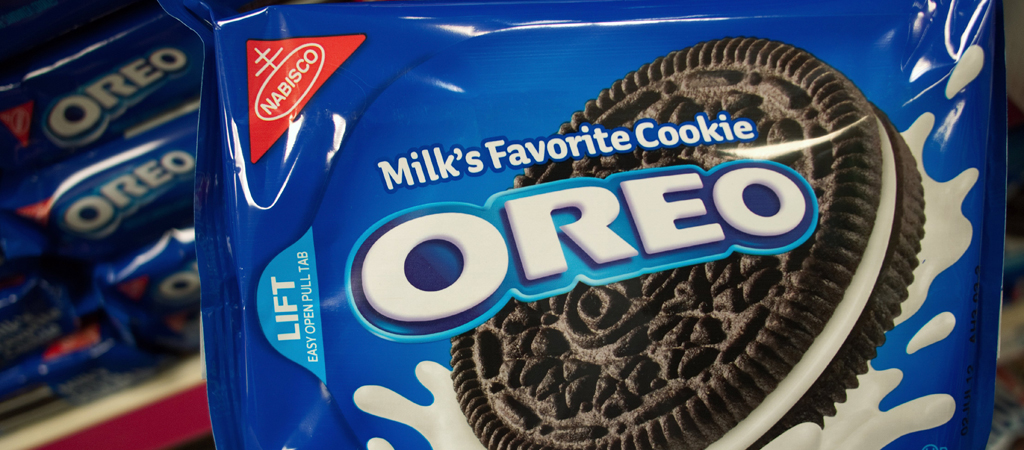
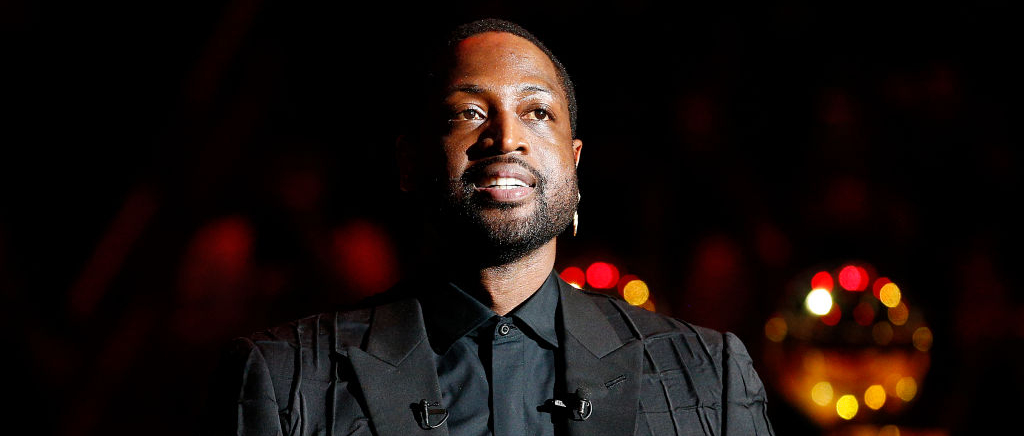


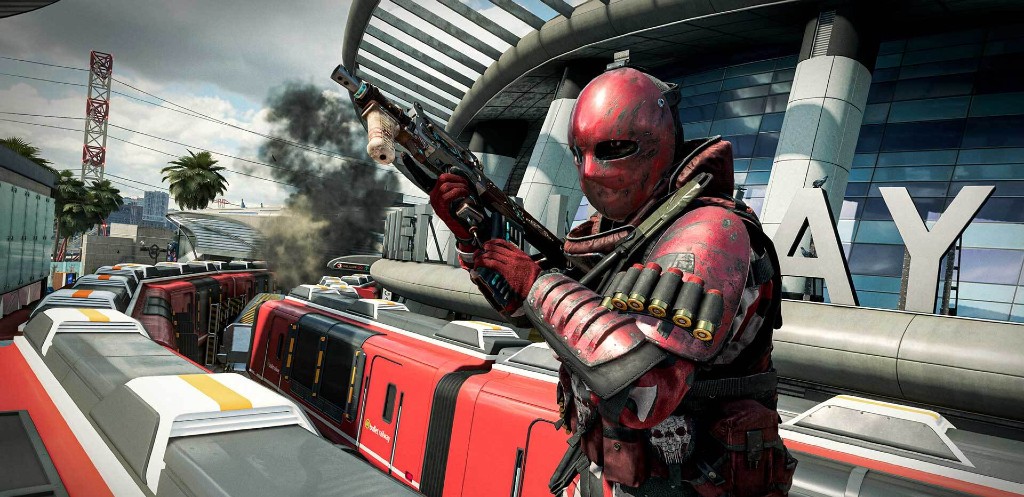

 (@xHoffy412)
(@xHoffy412) 